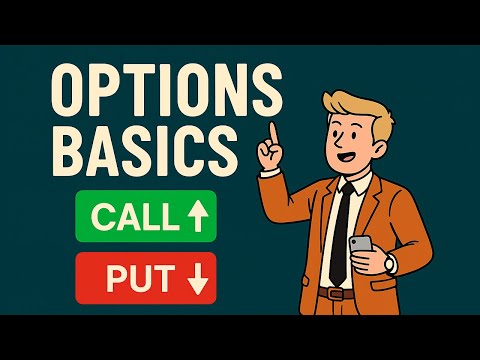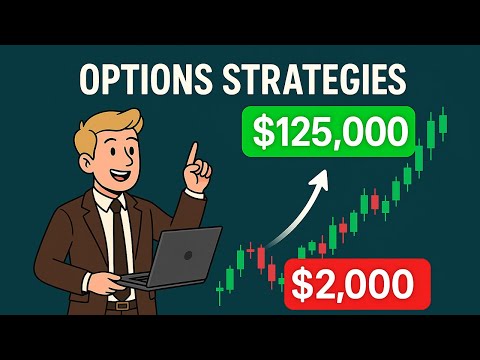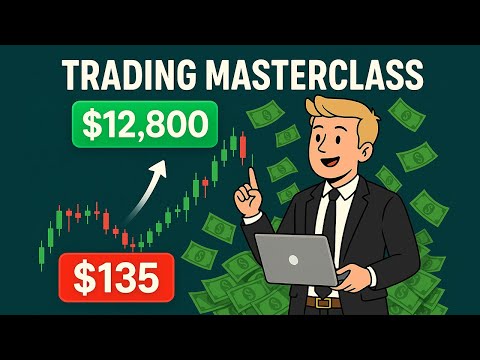Options: Your Gateway to Next-Level Trading!
The world of investments is constantly evolving, presenting both thrilling opportunities and strategic puzzles. Imagine a tool that lets you amplify your market insights, navigate volatility, and even profit when asset prices move sideways.
This isn’t a distant fantasy; it’s the reality of options trading, a powerful financial instrument often misunderstood but brimming with potential.
Right now, the market is a pressure cooker of anticipation.

With traditional investments offering limited upside in certain environments, sophisticated tools become essential. Options aren’t just for Wall Street veterans; they’re a versatile addition to any forward-thinking investor’s arsenal, fundamentally changing how you can approach market movements.
Understanding the Options Advantage
At its core, an option is a contract that gives you the right, but not the obligation, to buy or sell an asset at a predetermined price by a certain date. Think of it like a reservation at a restaurant: you pay a small fee to hold a table, but you’re not obligated to eat there. If a better opportunity arises, you can simply let the reservation expire.
This fundamental “right, not obligation” distinction is what makes options so compelling. You essentially gain leverage over a larger asset with a significantly smaller initial capital outlay.
This leverage can transform modest gains in the underlying asset into substantial returns for your options position.
Calls, Puts, and Plain English
There are two primary types of options: calls and puts.
A **call option** grants you the right to *buy* an asset at a specific price (the strike price) by a certain date. You’d buy a call if you believe the underlying asset’s price will rise. It’s similar to betting on a horse to win; you stand to profit if your prediction is correct.
A **put option**, conversely, gives you the right to *sell* an asset at a strike price by a specified date. You’d purchase a put if you anticipate the asset’s price will fall. This is like buying insurance against a market downturn; if prices plummet, your put option can increase in value, offsetting potential losses in your other holdings.
Buying vs. Selling Options
Beyond simply buying calls and puts, you can also *sell* them. Selling options introduces a different risk-reward dynamic, offering income generation in exchange for taking on potential obligation. When you sell a **covered call**, you own the underlying asset and sell the right for someone else to buy it from you at a certain price. This strategy can generate consistent income, especially in sideways markets.
Selling a **cash-secured put** means you’re prepared to buy an asset at a specific price if it drops below that level. You collect premium upfront, and if the price stays above your strike, you keep the premium without ever having to buy. These are more advanced strategies, offering a way to monetize your market views beyond simple directional bets.
What This Means for Your Portfolio
Options aren’t just about making audacious bets; they’re powerful tools for risk management and income generation.
They allow you to define your risk upfront, knowing exactly how much you stand to lose on a particular trade. This contrasts sharply with simply buying an asset, where potential losses can be unlimited.
For example, you can use options to hedge your portfolio against a potential market downturn. By buying put options on your existing stock holdings, you can create a protective floor, akin to buying flood insurance for your home. Even if the market takes a dive, your put options can appreciate, offsetting some of your losses.
Cycle Analysis and Strategic Plays
Consider the current market landscape. We’ve seen periods of unprecedented volatility and rapid shifts in sentiment. This environment makes traditional “buy and hold” strategies feel less dynamic. Options allow for more nuanced plays, adapting to both bullish and bearish trends, as well as those periods where the market moves in a narrow range.
Think of it like chess versus checkers. While traditional stock trading is often like checkers—straightforward moves—options introduce the complexity and strategic depth of chess. They allow you to plan multiple moves ahead, capitalizing on market conditions with greater precision than ever before.
Your Next Steps
To truly harness the power of options, you need foundational knowledge and practical examples. Understanding the concept of “in the money,” “at the money,” and “out of the money” is crucial for evaluating option contracts. Grasping how implied volatility affects option prices will also sharpen your trading edge.
**Here’s what you should consider next:**
* **Educate yourself:** Start with a solid understanding of basic call and put mechanics.
* **Practice with examples:** See how these concepts work in real-world scenarios.
* **Understand risk:** Always know your maximum potential loss before entering a trade.
* **Start small:** Begin with smaller positions as you gain experience and confidence.
* **Explore platforms:** Familiarize yourself with how options are traded on your brokerage platform.
Time to Master Your Market Moves
The world of options trading offers an unparalleled route to financial sophistication and strategic advantage. It empowers you to navigate market fluctuations with confidence, leverage your capital effectively, and open up new avenues for profit. This isn’t just about making money; it’s about mastering the language of the market and making it work for you.
Are you ready to elevate your trading game and explore the incredible potential of options? Don’t let this powerful tool remain a mystery.
The window of opportunity to learn and grow your trading skills is always open, but the sooner you start, the better equipped you’ll be for whatever the market throws your way.
Learn more about the fundamentals of options trading and see practical examples by watching the full video: Options Trading for Beginners: Total Guide with Examples!
And for more insightful trading strategies and detailed market analysis from The Daily Traders, be sure to visit their channel: The Daily Traders.





You must be logged in to post a comment.